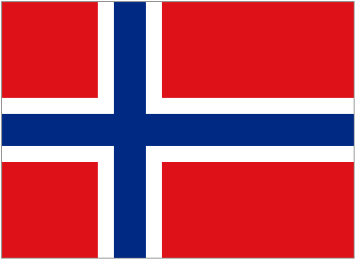In football, Italy means royalty, and the Italy national football team is the king of the royal throne. The European country, draped in their iconic blue jersey, has been at the centre of the game since their inception back in 1910. Over the years, the football-playing nation has danced through the biggest stages of the game, with a unique blend of tactical intelligence, defensive masterclass, and a great amount of passion. The Italy football team was formed not only to win trophies, but also to create a footballing identity and take the nation to the global map for everyone to watch. They didn’t take long to start leaving their mark at the football's grandest stages, with the former Italy national football team coach Vittorio Pozzo propelling them to two consecutive FIFA World Cup victories in the 1930s. Following this, Italy quickly adopted the soul of the game, creating their own philosophy based on defensive and counter-attacking football.
But the flourishing football that they started to play came after 1980, when Paolo Rossi single-handedly took his country to their third World Cup Trophy in 1982. But after their Berlin glory in 2006, they witnessed a clear slump in form across all competitions. The four-time World Cup winners even failed to feature in the last two World Cup editions, bringing shame to their ancestors in the game. However, under Roberto Mancini, the Azzurri returned to trophy-winning ways by lifting Euro 2020. Now under Gennaro Gattuso's watch, they stand at a crossroads – developing a competitive squad blending young players with experienced veterans while aiming to feature in the 2026 World Cup. Despite their recent failures at the global stage, the Azzurri remain a raw emotion to millions. With a perfect mixture of heartbreaks, glories, and shining moments, the Italy football team and their story have shaped the journey of the game.













-1763890720558.webp)
-1763722727805.webp)
-1763329265994.webp)
-1763321844610.webp)



